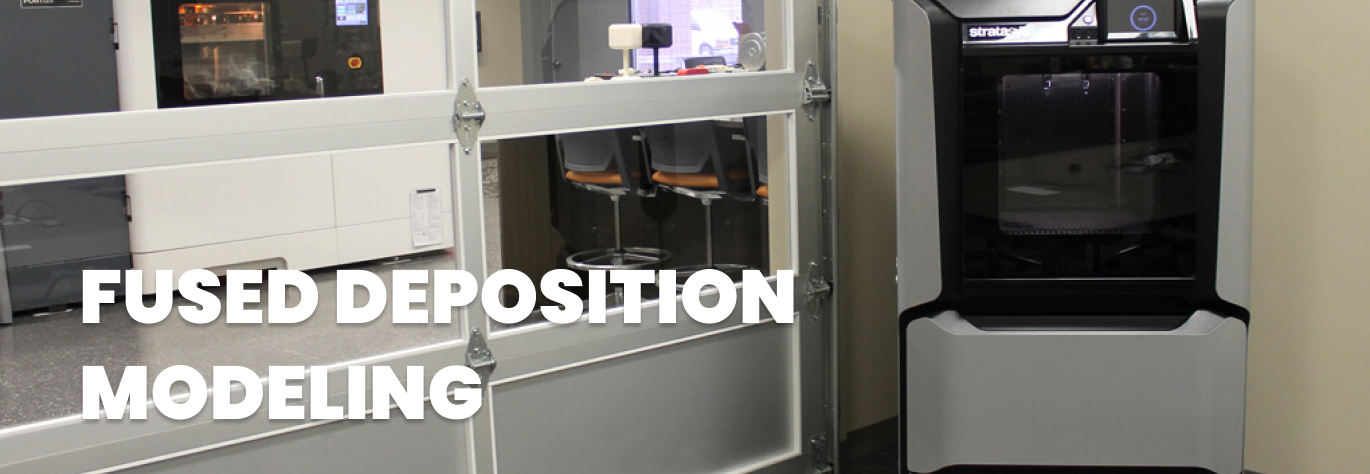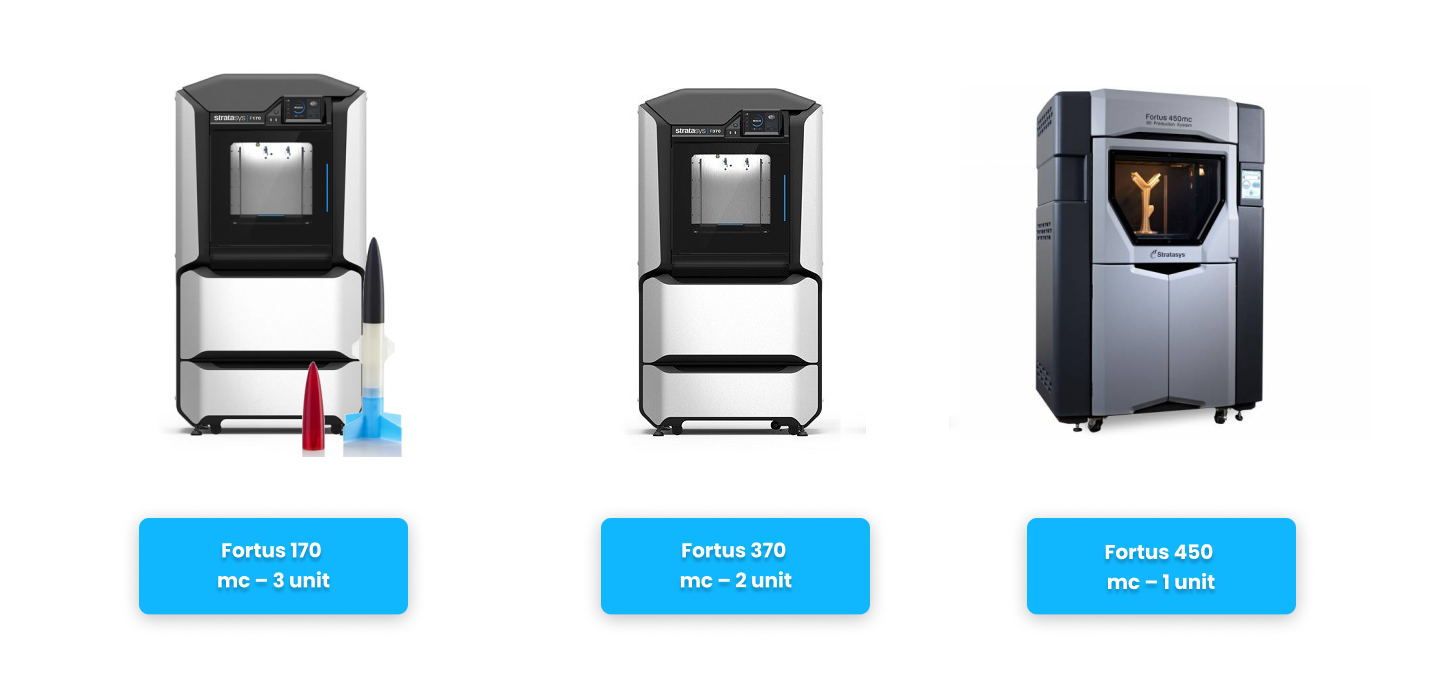TPU (Thermoplastic Polyurethane)
DM TPU is a thermoplastic polyurethane that brings the significant benefits of elastomers to FDM 3D printing. Available on the F123 Series 3D Printers, TPU 92A lets manufacturers quickly prototype elastomer parts, eliminating expensive and time-consuming casting and molding processes.
The material exhibits flexibility and stretch combined with abrasion and tear resistance, creating a whole new realm of uses that rigid plastics simply can't meet. Typical applications involve prototyping of flexible hoses, air ducts and seals, protection covers, and vibration dampeners.
These use cases have broad application across many industries and are of particular interest in the transportation industry. TPU 92A lets engineers and designers easily and quickly produce large, complex, accurate elastomer parts. Stratasys proprietary soluble support material makes it possible to create tubes, ducts and intricate designs because the support material is easily dissolved in a hands-free solution.



